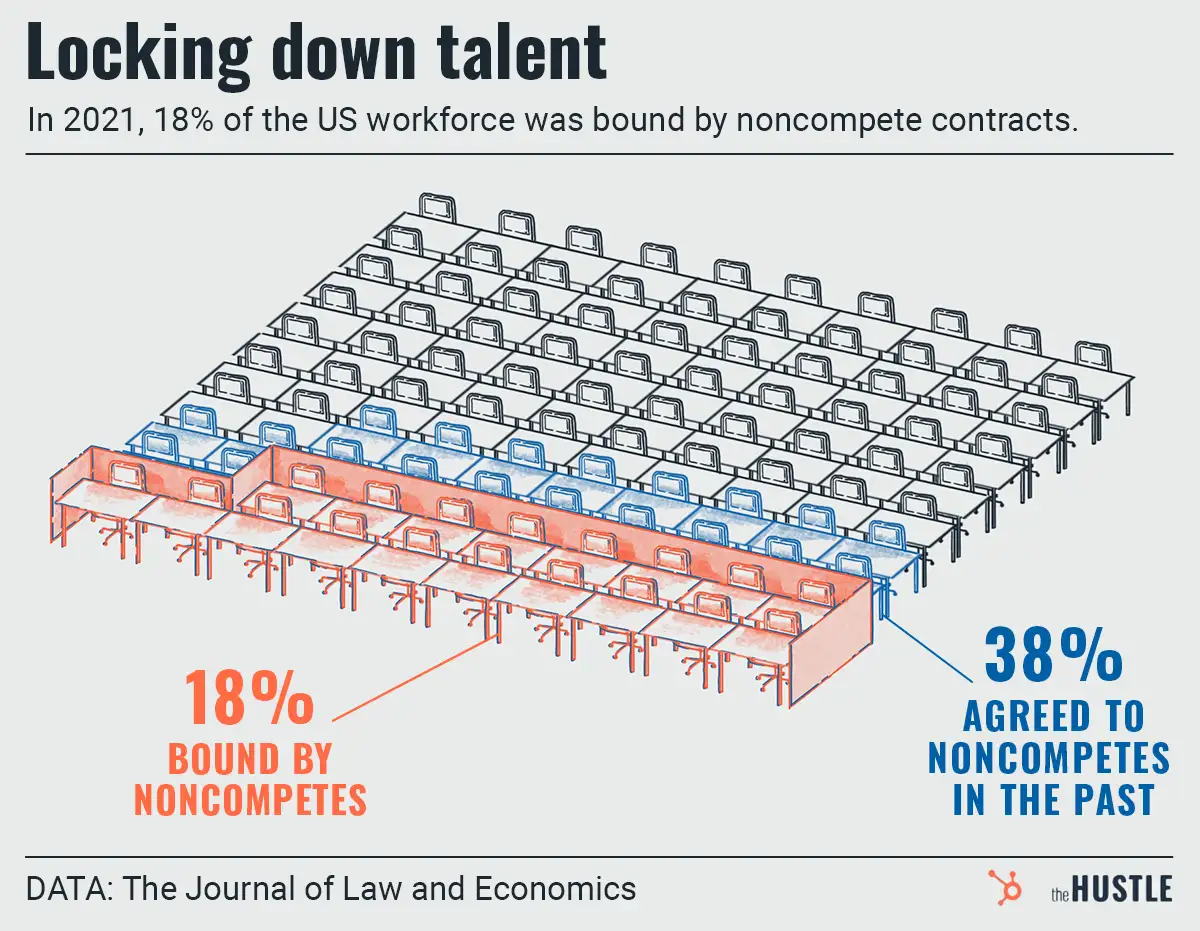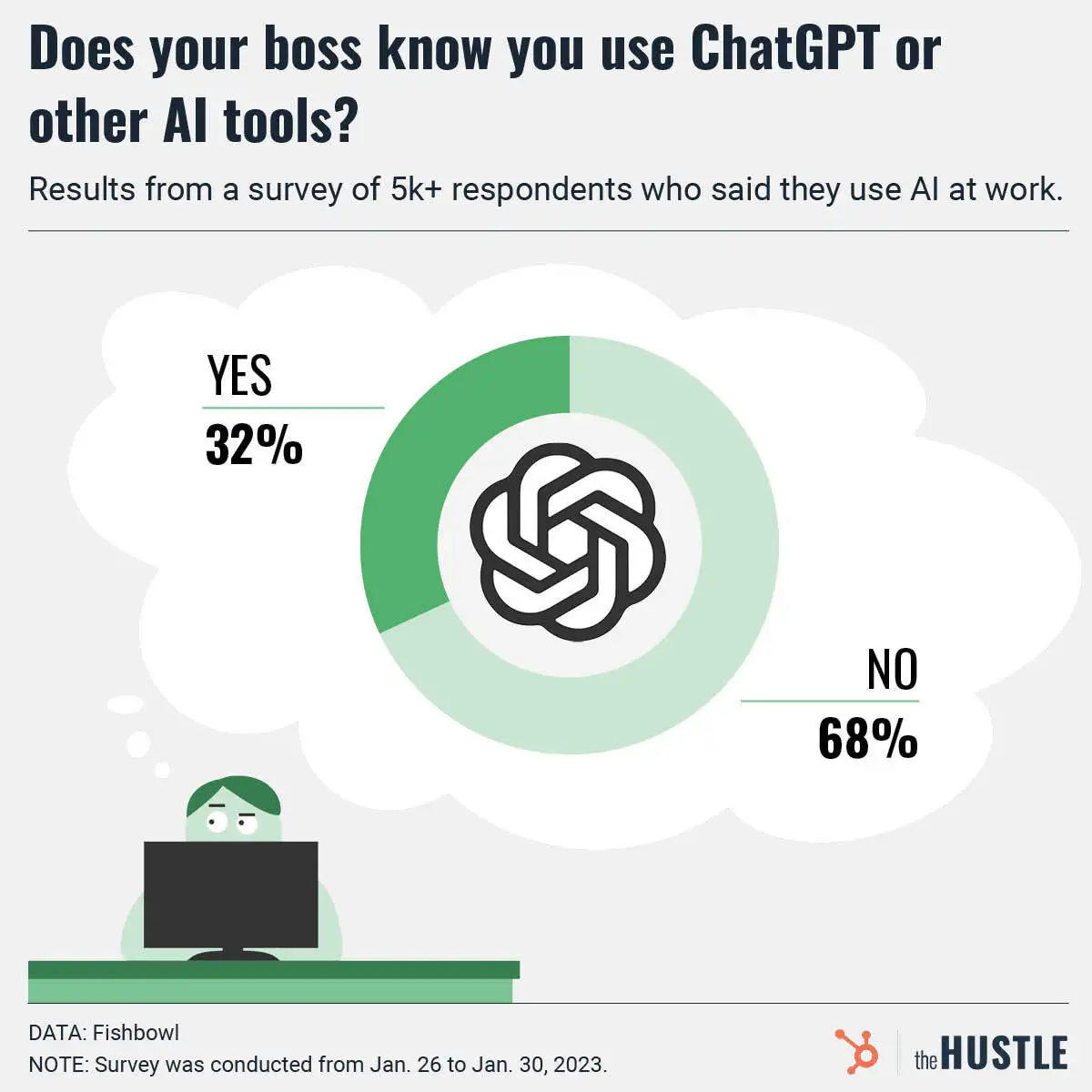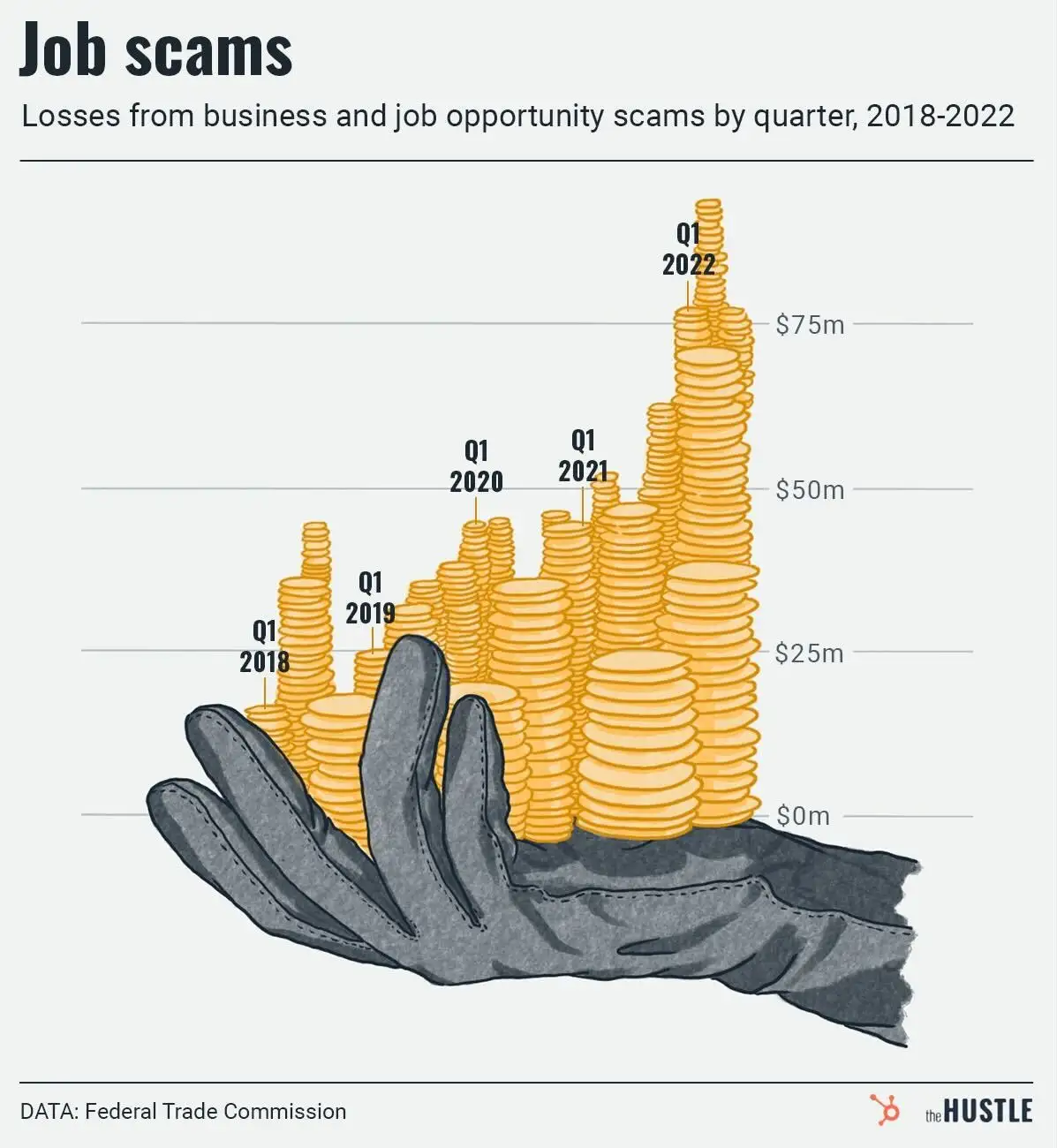For decades, the workforce has been divided by the colors of its collars.

You’ve got “white-collar” jobs (AKA desk jobs), and you’ve got “blue-collar” jobs, which usually entail manual labor — think construction, landscaping, and food services.
But according to The Wall Street Journal, a combination of macro factors have led to a new trend — workers switching collars.
“New collar” workers…
… are workers who previously held low-paying hourly roles or blue-collar jobs, and transitioned to jobs in tech.
The trend was sparked by a simple equation:
- More tech jobs are available as technology injects itself into every industry.
- Fewer workers: The pandemic kicked off the Great Resignation, leading many people to quit or switch jobs, and leaving tech companies desperate for hires.
This gap created an opportunity for front-line workers to make a career change and benefit from the flexibility, upward mobility, and higher pay the tech sector offers.
What does this mean for higher ed?
The trend is rewriting conventional wisdom around the qualifications necessary to get a tech job — many “new collar” workers aren’t college grads.
Instead, they’re using a combination of cheaper online alternatives to level up, including:
- Skill platforms, like Pluralsight and LinkedIn Learning
- Coding bootcamps, like the Flatiron School
- YouTube tutorials, which are totally free
Tech companies are adapting accordingly. Okta, which makes identity security software, removed degree requirements for many sales roles, and IBM and CVS are helping inexperienced applicants hone tech skills on the job.
And this is just the beginning
A recent study by Opportunity@Work, a nonprofit, found there are 32m Americans who lack college degrees but have the skills to transition to higher income jobs.
Pair that with rising interest in coding — the relative Google search interest for “learn coding” was 292% higher in January 2022 than 10 years prior — and it’s easy to see how “new collar” could become the new normal.










